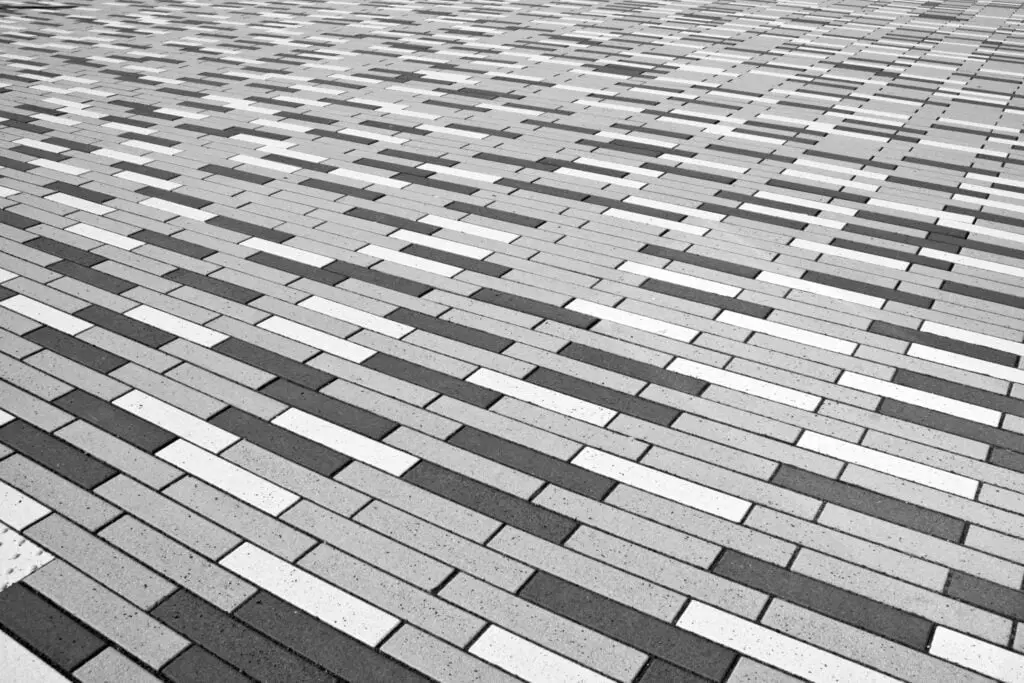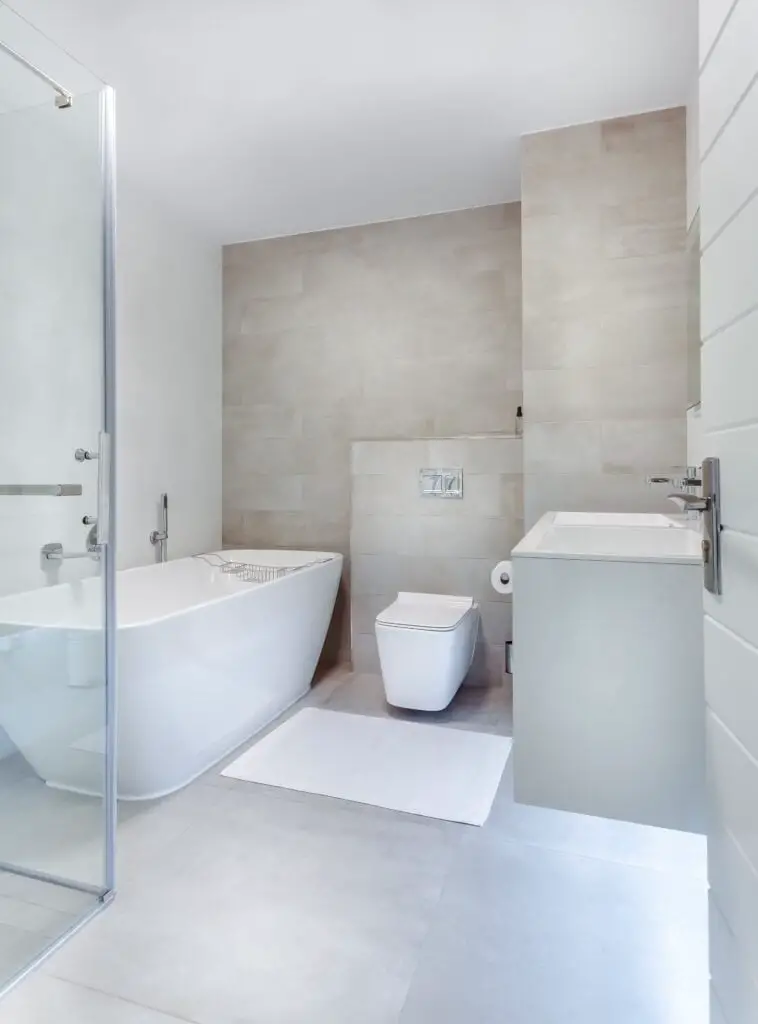Floor tile removal can be a challenging and time-consuming project, and the difficulties are frequently disguised until the project is already started.
The tile may be mounted to bare cement, a plywood or mason board underlayment, or even a previously built floor, depending on the construction. A tile floor must be carefully removed, taking time, work, and consideration to prepare the surface for whatever is beneath.
Tools
- Hammer
- Chisel
- Pry bar
- Scraper
- Trash Can / Bag
- Broom or Shop Vacuum

Step 1: Remove Fixtures
Remove all of the furniture from the space and empty it before attempting to remove the tile. Before removing a sink or toilet, turn off the water supply. Drain the reservoir, take out the bolts, and shake the fixture to break the wax seal if you’re taking out a toilet.
Step 2: Locate or Create a Starting Point
A raw edge that is exposed if the tile has been laid around a vanity or other semi-permanent fixture makes a suitable place to start when removing it. To make a starting point for prying up tiles if the tile is wall to wall, it could be necessary to break out a tile with a hammer and chisel. Depending on how they were connected and the kind of underlayment used, tiles can be removed simply or with a lot of work. They can be attached using adhesives or mortar. Tiles can be removed using a pry bar, pole scraper, or a hammer and chisel.
Step 3: Remove Tile
Continue prying up tile from where you started. As tiles are taken out, place them in a dumpster or big bucket to reduce clutter. Keep in mind that tile can be heavy and that it will be challenging to remove a waste container that is too full.
Step 4: Access Underlayment
Tiles may have been directly connected to concrete floors or subfloors in rare instances, but mortarboard or plywood underlayment is more typical. However, some underlayment may be kept in place for future use if it is not inappropriate or damaged. If required, gain access to the underlayment and take it out to reveal the subfloor.
Step 5: Clear Debris
To thoroughly clean the floor, use a shop vac or broom. Make sure to include all the dusts and debris to see all the remaining items needed to be removed.
Step 6: Remove Exposed Nails
In order to leave behind a flat surface after removing an underlayment, it might be required to remove or drive in any exposed nails.
Step 7: Inspect Floor
After the old tile floor has been taken out, check the subfloor to see if there is any damage that should be fixed before a new floor is put in. Any decaying wood or divots in concrete floors should be repaired or replaced. Before a new floor is laid, the subfloor needs to be damage-free and smooth.
To see other material construction, please see here.
To know other construction guides, tips, and methodology for beginners, veterans, and contractors, please see here.

